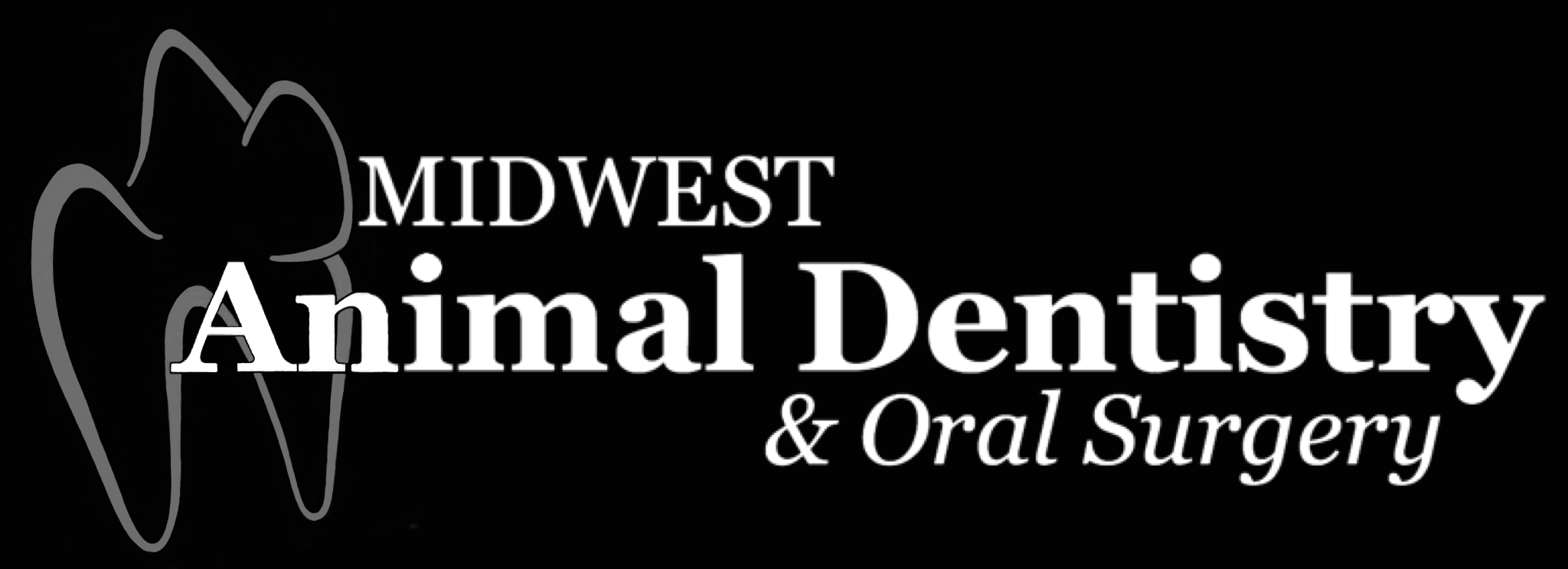What is Periodontal Disease
Periodontal disease (PD) is the most common disease seen and diagnosed in adult dogs and cats. By 3-years-of-age most dogs and cats have some evidence of PD, which is an active destruction and infection of the tissues surrounding and supporting the teeth. One of the first noticeable signs that a pet needs periodontal treatment is bad breath or halitosis. Unfortunately, other than bad breath, there are very few signs of the disease that the owner will recognize until it’s too late.
Periodontal disease, whether in man or animal, starts when bacteria in the mouth attach to the teeth as a living film called plaque. Plaque forms on teeth every day and if not removed with daily brushing, the body’s immune system quickly initiates a local inflammatory reaction, called gingivitis. Gingivitis (red and swollen gums) is the first clinical sign of periodontal disease. Gingivitis is completely reversible with appropriate professional care and consistent home care.
If left untreated, inflammation will progress and along with harmful bacteria, the attachment of the tooth will become damaged resulting in deep pockets around teeth, bone loss, mobile teeth, and eventually tooth loss. All of this cause pain and infection to the pet. In addition, there are other serious pathology within the oral cavity such as a hole (fistula) from the oral cavity into the nasal passages causing nasal discharge, jaw fracture due to bone loss, and bone infection (osteomyelitis). Lastly, studies in dogs have shown that periodontal disease is associated with microscopic changes in the heart, liver, and kidneys.
Periodontal Therapy and Surgery
Periodontal disease is not always obvious during the initial consultation. A thorough and complete exam involves general anesthesia to evaluate each individual tooth and the tissues which surround it. This is determined by probing, charting and intraoral radiographs.
The periodontal treatments offered at Midwest Animal Dental & Oral Surgery include: cleaning and polishing of teeth, closed root planing, open root planing, subgingival curettage, gingival surgery, perioceutic therapy, and guided tissue regeneration (GTR).
Periodontal disease therapy and surgery will be individualized to the patient depending on several factors including the severity of the disease, willingness and ability of the owner to provide home care, breed of the animal, health status of the animal, and frequency of professional dental care.
